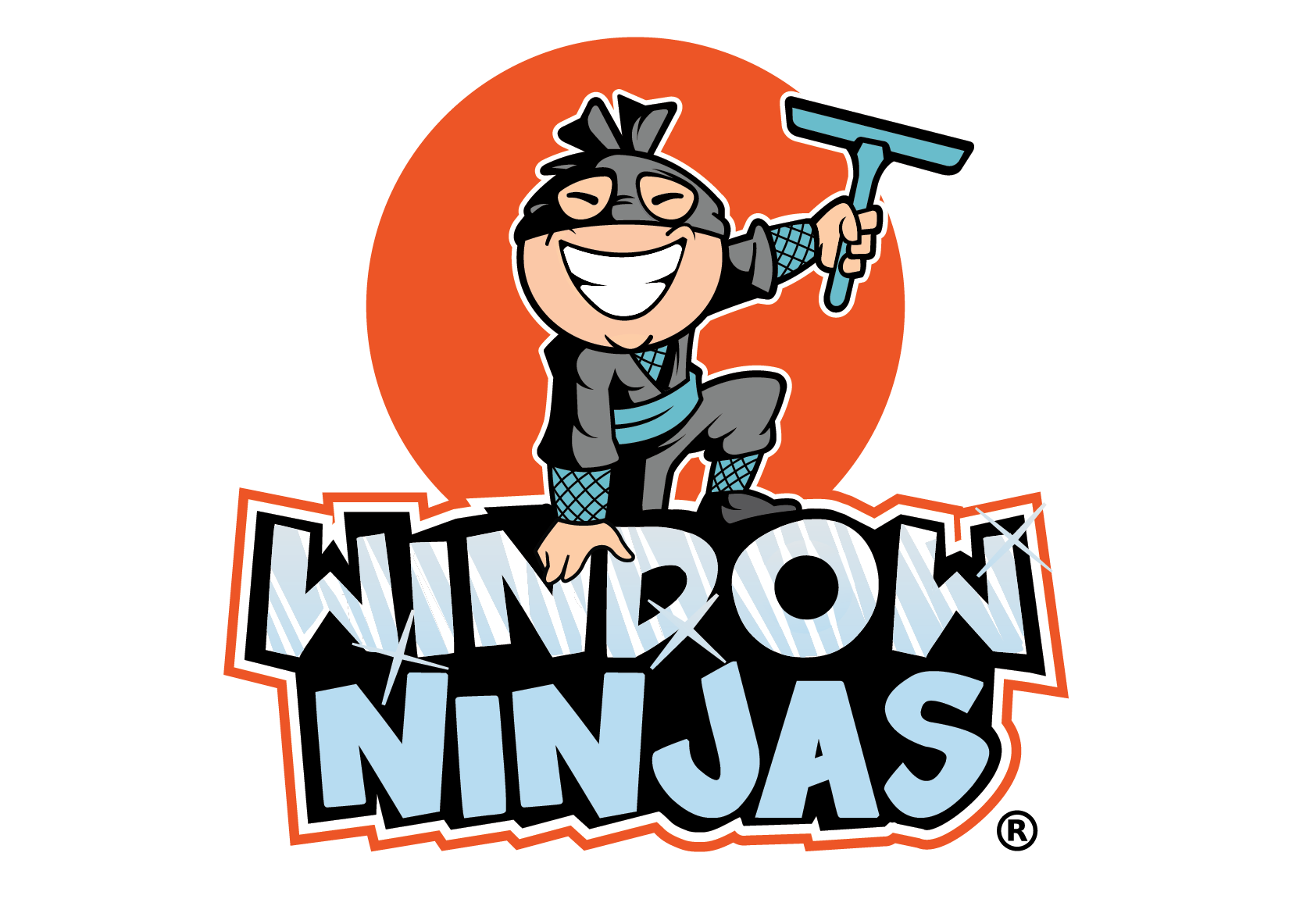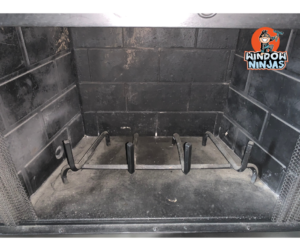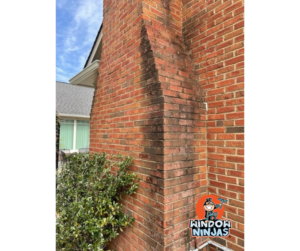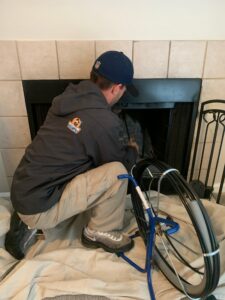Maintaining a safe and efficient home means staying informed about all its parts, and for house owners with a chimney, understanding creosote is vital. This sticky, tarry substance is often the ‘black stuff’ deposited on chimney walls, yet its implications are far-reaching, from health concerns to the risk of chimney fires. If you have any questions or would like to schedule your chimney for a deep clean, call Window Ninjas! Reach us today by phone at 757-785-5850 or visit our website windowninjas.com.
This comprehensive guide dives into what creosote is, why it’s important, and how to keep it under control. For a safe and useful chimney, one must understand creosote and soot as well as how to clean it.
Chimney Maintenance
For many, the fireplace is the heart of the home. Warming the living space, creating a cozy atmosphere, and, of course, the practical need for venting smoke and byproducts safely away. Chimney maintenance, however, is often overlooked. Engaging with this essential but overlooked part of home safety ensures that your fireplace or stove functions reliably and efficiently.
 What Exactly Is Creosote?
What Exactly Is Creosote?
Creosote is not a single substance but a term used to describe a range of byproducts of burning wood or other materials that are typically dark in color. It can occur in one of four stages:
First-Degree Creosote
This flakey or powdery substance is easily removed and usually the result of burning high-quality fuel, and having a well-managed fire.
Second-Degree Creosote
Here the tar deposit begins to form. Also known as “crunchy” creosote, it can be removed using a chimney brush but can pose fire hazards if left unchecked.
Third-Degree Creosote
Often called “honeycomb” creosote, it’s hardened and nearly impossible to remove by regular means. It is highly combustible and poses an extreme fire risk.
Fourth-Degree Creosote
This is the final, most extreme level. Creosote has solidified, taking a glazed appearance, and there is no safe way to remove it without damaging chimney infrastructure. It’s also the highest fire risk stage. Professional chimney sweeps will have the tools and expertise to remove this while keeping your chimney intact.
Forming a Creosote Understanding
Creosote forms when wood or fossil fuels burn incompletely. The incomplete combustion of any organic material, such as wood, produces soot and tarry smoke composed primarily of carbon. When the smoke cools, it condenses on the cooler walls of the chimney in the form of creosote. If this condensation happens at a fast rate, third or fourth-degree creosote can form after only a few burn cycles.
 Causes of Creosote Buildup
Causes of Creosote Buildup
While creosote will always collect if you are using a chimney. there are a few common causes that can lead to excessive accumulation:
- Inadequate Venting
A flue that is too large for the appliance it serves can lead to smoke not being able to escape fast enough, allowing for creosote to form.
- Unseasoned Wood
Wood that hasn’t dried properly has a higher moisture content, which leads to cooler temperatures during combustion and thus, an increase in creosote along your chimney.
- Air Supply Issues
To achieve a complete combustion, wood requires a specific ratio of fuel and air. If there’s not enough air, then more creosote will be formed.
Health and Safety Concerns
Creosote is a known carcinogen and a respiratory irritant. It can impact indoor air quality and, when inhaled, cause coughing, asthma attacks, and even lesions in the lungs. This is especially a concern in those who already suffer from anything lung-related.
Additionally, creosote can ignite from intense heat or even a stray ember, leading to a chimney fire. The heat from these fires can easily spread to other parts of the house, resulting in catastrophic damage. As we can see, eliminating as much creosote as possible is ideal for many reasons.
 The Impact on Chimney Performance
The Impact on Chimney Performance
Creosote buildup can lead to a range of issues with your chimney and fireplace or stove:
- Reduced Airflow and Efficiency
With a narrowed flue, the draft is negatively affected, leading to poor airflow and reduced efficiency in the heating process. This not only wastes fuel but also can lead to smoky rooms and carry health risks.
- Damaging the Chimney Structure
The acidic nature of creosote can corrode metal flues, deteriorate mortar joints, and break down the integrity of the chimney over time. A damaged chimney is a ticking time bomb for your home.
Removing Creosote
A diligent removal process is necessary to prevent creosote from creating further problems. Homeowners can utilize creosote removal logs or mechanical removal with chimney brushes but should exercise caution as the created soot requires careful removal to avoid health risks.
A chimney sweep service like Window Ninjas is highly recommended for removing third or fourth-degree creosote due to the complex methods and safety risks involved. When it comes to something that can cause a fire or pollute your home’s air, professional chimney sweeping services are worth the costs.
Preventing Creosote Formation
Regular cleanings and proper fireplace or stove operation can significantly reduce creosote buildup. A yearly check, ideally before cold weather starts, ensures your chimney is clean and safe. Additionally, burning dry, seasoned wood contributes to more complete combustion, which produces less creosote.
Another way to prevent creosote from forming as much or as fast is a chimney cap. This simple device prevents rain, animals, and debris from entering your chimney, reducing the moisture content that can lead to creosote.
Final Thoughts
Understanding and managing creosote goes to the heart of what safety at home means. As a homeowner, being proactive and informed about the black stuff in your chimney can save lives, avert catastrophes, and keep the central elements of your home running beautifully for years to come.
The takeaway is that while a little black on the walls of your chimney is a natural byproduct of burning wood, ignorance or neglect of creosote buildup can lead to dire consequences. From regular sweeping to meticulous burning practices, homeowners can keep creosote at bay. But when it comes to the thick, sticky, dangerous stuff, it’s best to leave it to the pros. Chimney sweeping services are your best bet for a safe, clean chimney, ready to keep you warm and safe all winter long. If you have any questions about chimney maintenance or would like to schedule an appointment for a chimney sweep, Window Ninjas are ready! Call us by phone at 757-785-5850 or check us out online at windowninjas.com.


 What Exactly Is Creosote?
What Exactly Is Creosote? Causes of Creosote Buildup
Causes of Creosote Buildup The Impact on Chimney Performance
The Impact on Chimney Performance